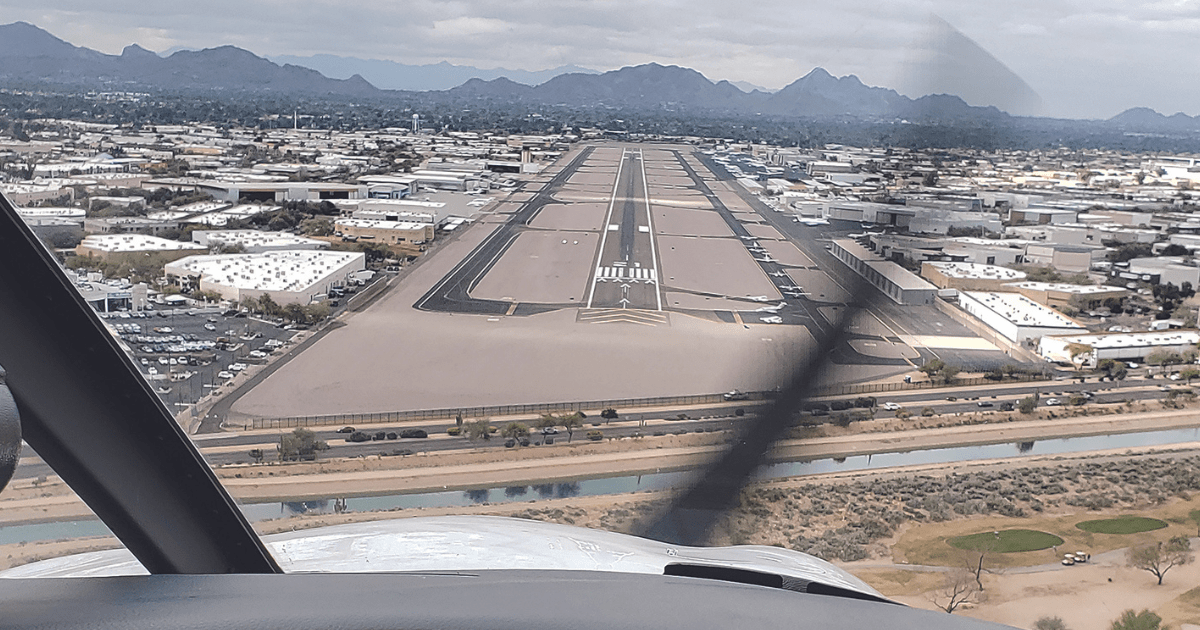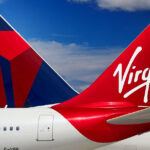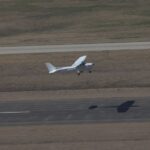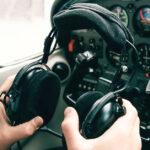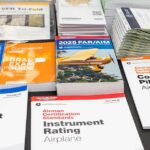By Dr. Mike Bliss
I believe in the saying, “Experience is the best teacher.” So did my primary instructor who taught me many years ago. One example of his belief in the value of experience comes to mind. He called me at work one day and said that I needed to do whatever it took to come to the airport to train because there were great crosswind conditions. He wanted me to have the experience that could only be gained on such a day. Even after many more years of personal experience, I trace whatever ability I have to conduct safe crosswind landings to what I learned on that day.
Compare that to what happens all too often today when you are likely to hear an instructor tell a student that a flight should be canceled because of crosswinds. Thinking they are doing the right thing, the instructor is instead robbing the student of an opportunity to learn essential piloting skills. Avoiding crosswinds does nothing to further the student’s education.
There is no question that dealing with moderate or stronger crosswinds as a low-hour pilot can be intimidating. But that is even more reason to receive such training! Rather than entering low crosswind limitations in a student’s logbook, the instructor needs to spend time teaching the student how to handle those conditions. Once the crosswind landing procedure has been understood, and a degree of precision has been obtained, crosswind landings no longer need to be the white-knuckle experience they might once have been.
To review the basics, when landing in a crosswind, the airplane needs to approach the runway crabbed into the wind, transitioning into a sideslip just before the round out is started. It needs to touch down first on the upwind wheel, holding off both the downwind wheel and nose wheel until the wing no longer provides the lift to keep them in the air. While it will feel odd trying to land on one wheel, it must be done this way. If both main wheels touch down at the same time, or the downwind wheel is allowed to touch down too soon, there can be a large side load placed on the landing gear and tires, not to mention a deviation towards the runway edge. Students must be taught to hold off lowering the downwind wheel until the downwind wheel can no longer be kept off the runway, avoiding the temptation to “be done” with the landing too soon.
The goal of the crosswind landing is to touch down with the longitudinal axis of the airplane aligned with the runway centerline. As in a normal landing, you will want to extend full flaps, as this will have a stabilizing effect on the airplane and allow a slower touchdown speed. At the same time, the normal approach speed should be used. Carrying extra airspeed “for safety” extends the landing process and the time in which the aircraft is most difficult to control.
As you approach the runway, focus down the centerline, not just the runway in general. You will be able to judge side drift much more accurately if you sight down the centerline. Make small adjustments to maintain alignment with the centerline as soon as you notice the need. Delaying will only mean bigger adjustments will be needed and introduce the very real possibility of overcontrolling.
Just before starting the round out, transition into a sideslip. Bank into the wind whatever amount is required to stay aligned with the runway centerline. At the same time, apply opposite rudder pressure to keep the airplane from actually turning into the wind. This method keeps the longitudinal axis of the airplane, as well as the ground track, aligned with the runway centerline. You must constantly adjust both aileron and rudder in concert, rather than independently, to stay aligned with the centerline.
As airspeed decreases, apply more and more aileron until the control wheel is fully deflected into the wind. This will keep the upwind wheel firmly planted on the ground. Any letup of this aileron pressure – especially trying to center the control wheel – will cause the airplane to want to pivot on the upwind wheel. This fact makes the placement of flight controls while in contact with the ground roll so critical. Consequently, the wind correction must be maintained until the airplane has stopped moving.
Most aircraft are capable of handling quite strong crosswinds. The limiting factor is the amount of rudder travel available. When you have full rudder deflection and are no longer able to maintain the centerline, you have reached the aircraft’s maximum crosswind component. The good news is that this point can be determined prior to touchdown so that if the crosswinds actually exceed the aircraft’s ability (not a common occurrence) a go-around can be initiated before touching down.
With a little real-world experience in stronger crosswinds, these procedures will feel more and more natural, and you will gain a lot of confidence in having to deal with crosswind landings.




